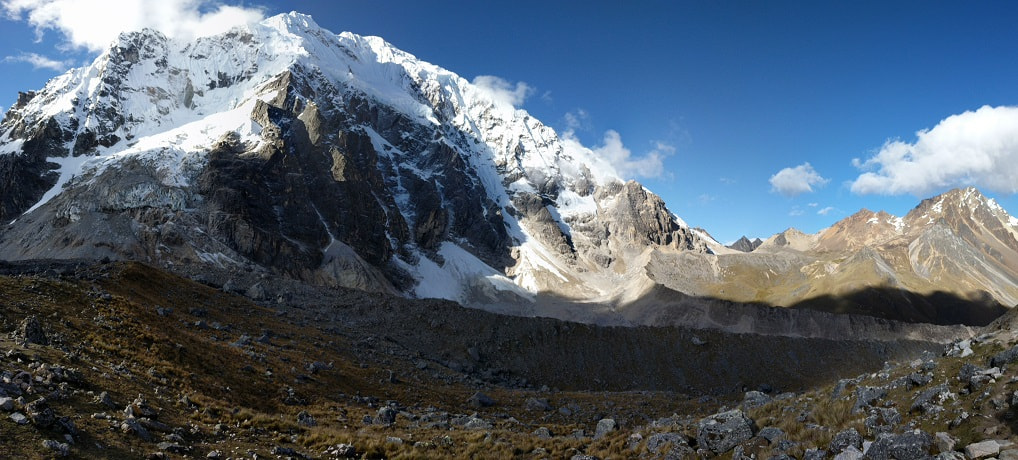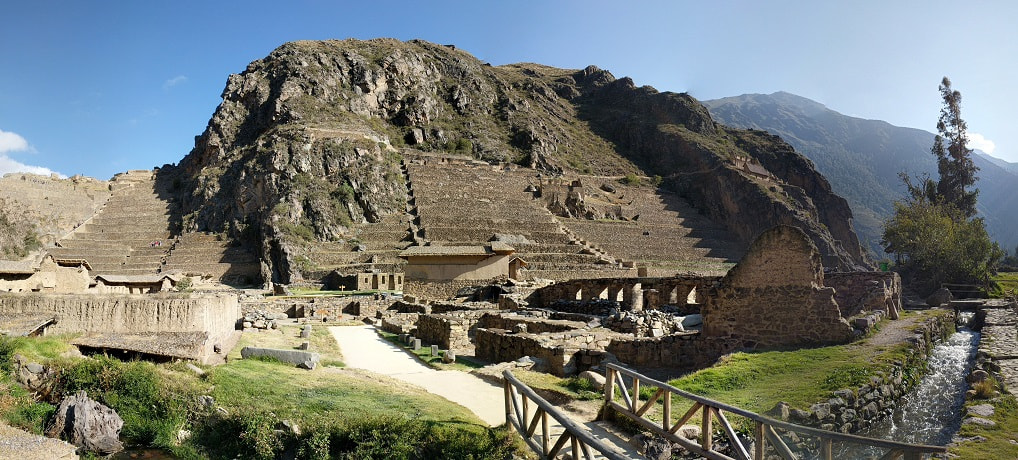
This is a massive ruin where you can to spend anywhere from an hour to a day. See stonework comparable to Machu Picchu, in a beautiful setting, with a fraction of the crowd. We found it more enjoyable than Machu Picchu due to the lack of people. We got here at opening (7AM) and walked right in. We were the only people there for at least the first half hour and by 8:30 there was only a handful of people.
Tickets
As of 2018 you need either the 10 day Tourist Pass (~$50 per person) or the 2 day Sacred Valley Pass (~$25 per person) to enter. No more single entries. You can purchase a pass at any of the sites, so don’t worry about getting one ahead of time. You will need to show your original passport to enter.
The Tourist Ticket (Boleto Turistico) is 130 soles for entrance to most of the museums in Cusco and the archeological sites in the surrounding area for 10 days. The Sacred Valley Ticket is 70 soles for access to Pisac, Moray, Chinchero and Ollantaytambo for 2 days. There is also a 1 day pass for 70 soles for the archeological sites around Cusco and a 2 day pass for 70 soles for most of the museums in Cusco. All of these tickets will let you come and go as often as you want, but are very inconvenient if you only want to see one thing. There are discounted rates available for students with valid IDs.
What to expect
We did not have a chance to explore Pisac so we cannot compare the two, but Ollantaytambo was great. Unlike most European or American sites with ropes everywhere, you are much more free to interact with this site. It had a slightly wild feel, like exploring an unrestored ruined castle in Europe. You can touch almost everything, although you should try to be respectful.
Guide - This is not like a site you may see in Europe or the States with little plaques explaining everything. I recommend finding an internet guide, bringing a guidebook, or reading up on the site a bit before to fully appreciate what you are seeing. Alternatively you can always hire a local guide or go as part of a tour. There is one big map near the entrance and a few arrows and name plaques on the site.
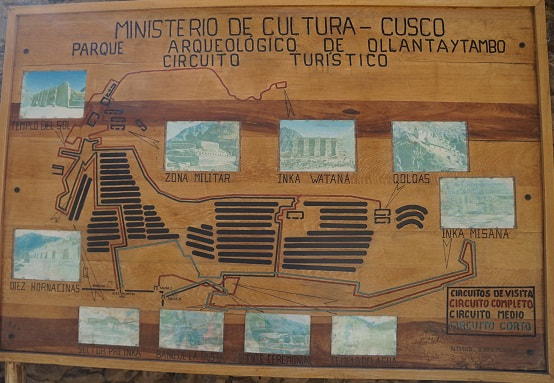
Timing - For photos the pyramid is lit in the morning and shadowed in the afternoon when the granaries are lit. The sun sets behind the pyramid.
I highly recommend morning, due to the crowds. When the tour buses get there, the main stairs tend to become a bit of a traffic jam. If you do go in the afternoon, there is more than one way to get to the top. If you go to the right first, instead of going straight up the stairs you can take one of the other stairs and do the circuit backwards (and usually no one yells at you for this like they do at Machu Picchu). Also, most people just go up the main stairs, check out the sun temple and come back down. You have to see the sun temple, but there is a lot more to see here than just that. I highly recommend you check out how big this place is and go all the way to the right side of the ruin. Some of the stonework there is even more intricate and better preserved, due to less exposure to the elements.
Watana - This is the hike to another temple near the top of the mountain. This trail does have some drops but is plenty wide enough for most people without a severe fear of heights. The trail takes you up fairly gently. At the ruins there is a great lookout point that is also a great picture spot. If you choose you can venture a little farther. The trail isn’t as nice but you can go a bit higher. Even in the afternoon this place is fairly empty. We tried to go here early and even though they are supposed to open the gate at 7AM, at 8AM it was still closed, but we came back later and did it and are glad we did. It is one of those places where you feel like you are on top of the world.
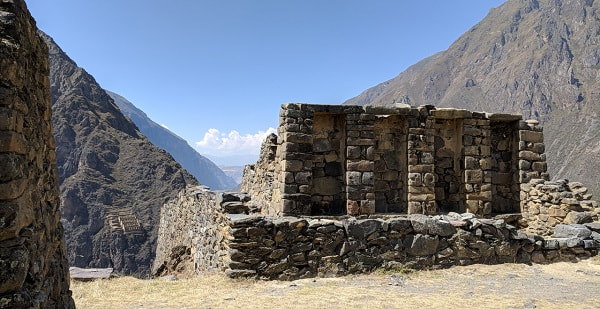
Physical Ability - Yes, it is a bit of a climb for many when you factor in the altitude, but take your time. There are many terraces where you can step out of the way or even have a seat for a minute on the main staircase.
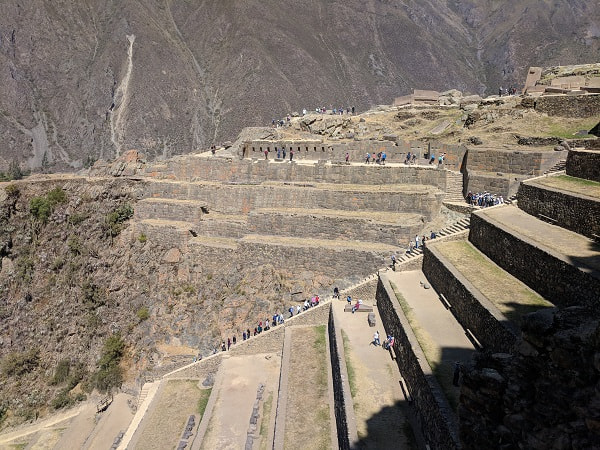
If you hike, this is easy, but if not a bit of a workout. This ruin is fairly safe and if you can climb stairs you can do it. The main stairs are probably the easiest. The ones on the far side have a bit less to grab on to at the top. There are no railings.
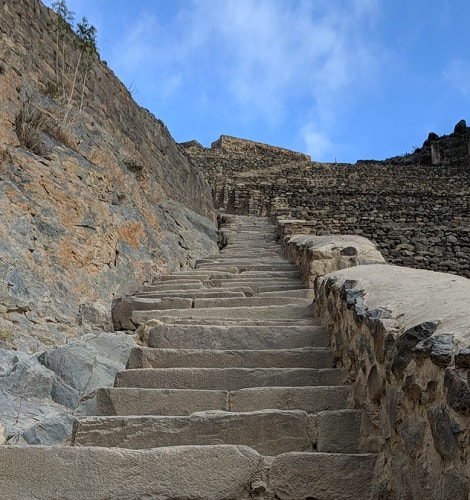
If you aren’t up for the climb there are paths around the bottom and a lot you can see from there too, including the baths in the water temple area.
Stonework - The majority of the stonework in most Incan sites is simplistic, with the fine work reserved for temples in special places. This is one of those sites. Just the fact that they built this where they did and it is still standing is remarkable, but if you make the climb to the top you will see the incomplete sun temple. None of the temple stones originated on this mountain. They were all quarried across town. Just the feat of getting the gigantic stones up here is incredible. I like to imagine the Incan King sitting up here on his horse, raining hell down on the conquistadors.
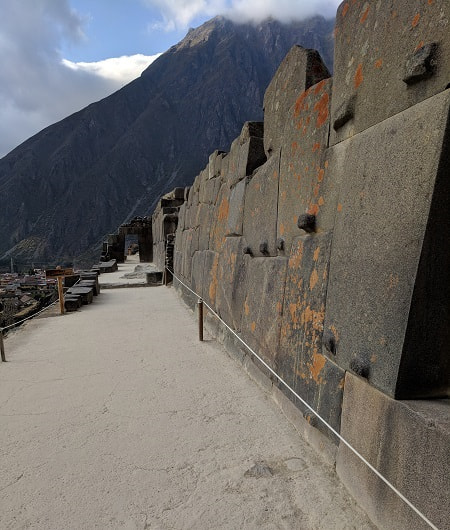
There are also several fine examples in the lower portion of the complex, such as the water fountains.
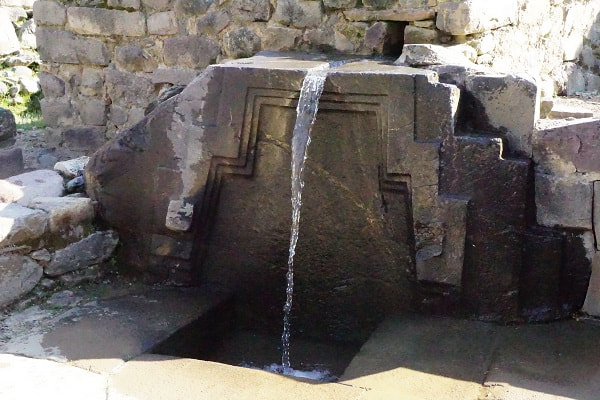
See the article on Ollantaytambo for more information on the town, things to do, and how to get there.
More?
Check out our full Peru Trip Itinerary.
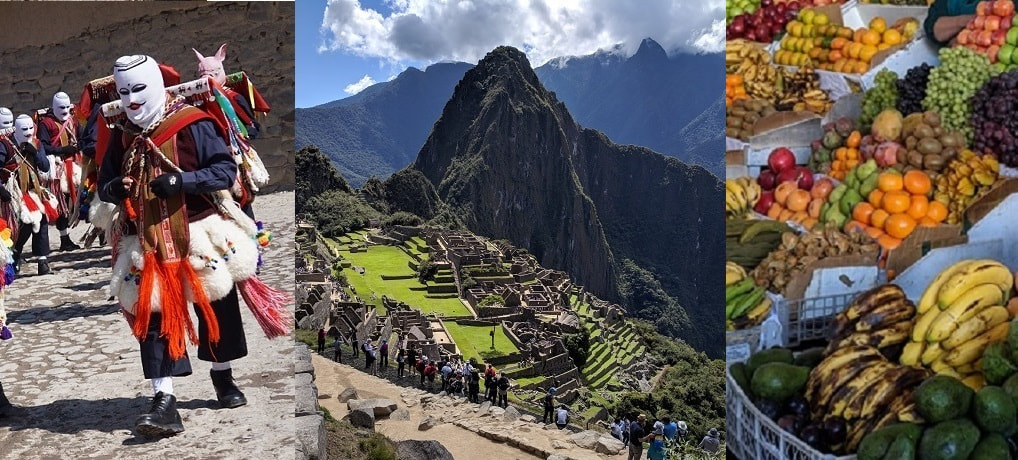
Explore the city and food of Historic Cusco
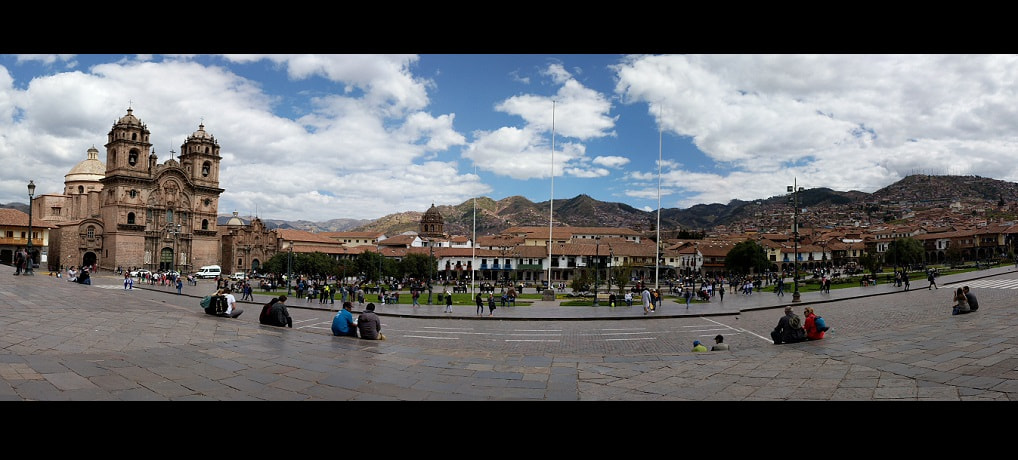
Everyone goes to Machu Picchu but getting there can be just as epic. We had an amazing experience on the Salkantay Trek
